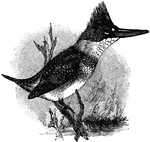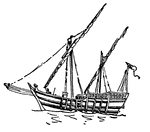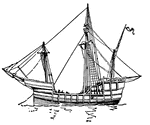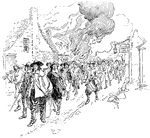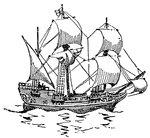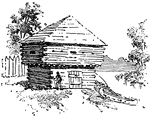
Tinamou
"Tinamou is the name given to a genus and family of birds occurring in South America, and allied in…
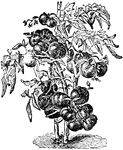
Tomato Plant
"Tomato, or Love Apple, is a plant of the natural order Solanaceæ. It is one of a genus of several…
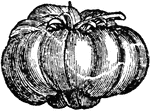
Tomato
"Tomato, or Love Apple, is a plant of the natural order Solanaceæ. It is one of a genus of several…
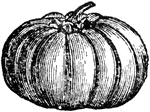
Tomato
"Tomato, or Love Apple, is a plant of the natural order Solanaceæ. It is one of a genus of several…
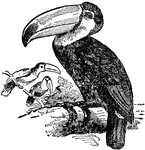
Toucan
"The Toucan, in ornithology, is the popular name of any bird of the genus Rhamphastos. They are all…

Valerian
"Valerian is an order of herbs or rarely shrubs belonging to the division of monopetalous dicotyledons…
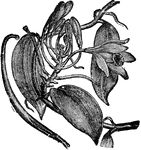
Vanilla Planifolia
"Vanilla is a genus of epiphytal Orchideæ, natives of tropical America and Asia. They are distinguished…
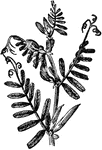
Vetch Plant
"Vetch, Fetch, Fitch, and Tare are terms variously used to indicate the fodder plant. This genus consists…

Vetch Seed Pod
"Vetch, Fetch, Fitch, and Tare are terms variously used to indicate the fodder plant. This genus consists…

Vicuna
"Vicuna is a native of the most elevated localities of Bolivia and northern Chile. It is very wild,…

Viper's Bugloss
"Viper's Bugloss is a genus of plants. The species are large herbaceous plants or shrubs, rough with…
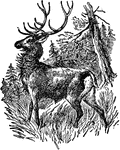
Wapiti
"Wapiti is the name given by the North American Indians to an animal, a native of North America, ranging…
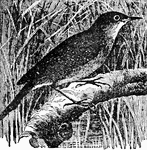
Reed Warbler
"Warbler is a popular name often applied to well-known singing birds of northern climes, whose notes…

Nest of Reed Warbler
"Warbler is a popular name often applied to well-known singing birds of northern climes, whose notes…
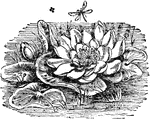
White Water Lily
"The Water Lily is an exogenous aquatic plant including eight genera, and all possessing submerged root…
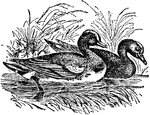
Wigeon
"Wigeon is one of the most popular birds with the American sportsman. Length about eighteen inches;…

Wormwood
"Wormwood is the genus Artemisia. The stem is one to three feet high, grooved, and angled; the leaves…
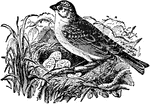
Yellowhammer
"The Yellow Hammer, or Yellow Bunting, is a bird widely distributed over North America and Europe. It…
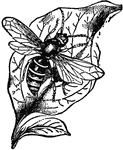
Hornet
"Hornet is the largest species of wasp found in America. The thorax is mostly black; the abdomen is…
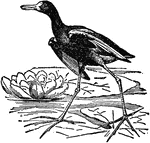
Jacana
"The Jacana is a wading bird; a genus of grallatores. They are very light birds; and the wide surface…
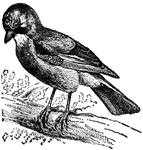
Jay
"Jay is the popular name of a species of birds belonging to the crow family, of a vinous red color;…

Kinkajou
"Kinkajou is a genus of carnivorous mammals. They have prehensile tails, with which they hang on to…
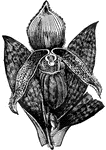
Lady's Slipper
"Lady's Slipper is a genus of plants. The genus is remarkable for the large inflated lip of the corolla.…

Lumpfish
"The Lump Fish, or Sucker, is named from the clumsiness of its form. The back is arched and sharp, the…

Skeleton of the Mammoth
"Mammoth is a species of extinct elephant, the fossil remains of which are found in European, Asiatic…

Mastodon
"Mastodon is an extinct genus of proboscideans, closely allied to the true elephants. The genus ranged…
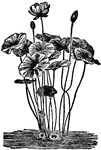
Nelumbium
"Nelumbium is the typical and only genus of the order Nelumbiaceæ. The species are remarkable…

Water Opossom
"Opossom is the popular name for the pouched mammals which have a geographical range from the United…
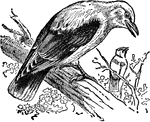
Oriole
"The Oriole is a well-known American Bird, of which there are varieties in Europe, Asia, and Africa."—(Charles…

Osprey
"The Osprey, the fish hawk, bald buzzard, or fishing eagle. A bird of prey, of almost world wide distribution…
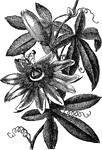
Passion Flower
"Pasiflora is the passion-flower. Generally climbing herbs or shrubs. Fruit succulent, seeds many. Found…

Peruvian Indian
"Peru is a maritime republic of South America, bounded on the N. by Ecuador, on the W. by the Pacific,…
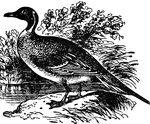
Pintail Duck
"The Pintail Duck has the upper parts and flanks ash, with narrow stripes of black; under parts white;…

Plymouth Rock
"Plymouth is a town and county-seat of Plymouth co., Mass.; on Plymouth Bay, 37 miles S. E. of Boston.…
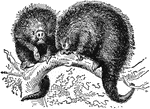
Prehensile Tailed Porcupine
"The Porcupine is a rodent quadruped. The North American porcupine is about two feet long, and of sluggish…

Hystrix Crystata Porcupine
"The Porcupine is a rodent quadruped. The North American porcupine is about two feet long, and of sluggish…
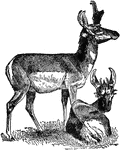
Prong-horn Antelope
"The Prong-horn Antelope inhabits the W. parts of North America, from 53 degrees N. to the plains of…
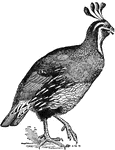
Lophortyx Californicus Quail
"The Quail is a small game bird; the Virginia species is common in North America, and so far south as…

Procyon Lotor Raccoon
"The Raccoon, or Racoon, is a handsome animal, about the size of a large cat, brown furry hair, tail…
American Locomotive
"Three locomotives were imported from England in 1829, and the first trial in America took place Aug.…

Early Locomotive
"Three locomotives were imported from England in 1829, and the first trial in America took place Aug.…

Shad
"Shad is the popular name of three anadromous fishes of the genus Clupea: (1) The allice or European…
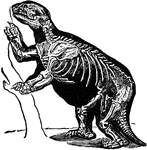
Giant Sloth
"Sloth is the popular name for any individual of the Edentate group Tardigrada, from their slow and…

Sole
"Sole (Solea vulgaris) is a marine fish belonging to the flat fishes, of an oblong or oval form. These…
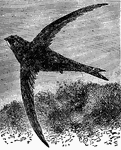
Common Swift
"The Swift, like swallows in many respects, their structure is almost entirely different, and some naturalists…

Thesium restored
"The Theseum is situated on a height to the north of the Areopagus, and was built to receive the bones…

Erechtheum restored
"The building of the new Erechtheum was not commenced till the Parthenon and Propylea were finished,…
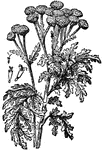
Tansy
"Tansy is a genus of Compositæ, numbering about 50 species of strong-scented herbs, often shrubby…
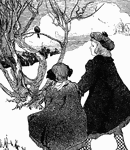
Poor Robin
The north wind doth blow, and we shall have snow, and what will poor Robin do then? Poor thing! He'll…
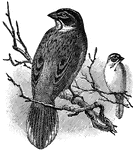
Lark Finch
A North American bird having a long graduated, party colored tail, and the head much striped.


